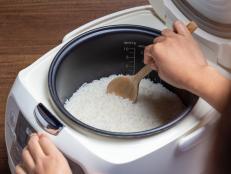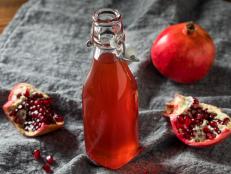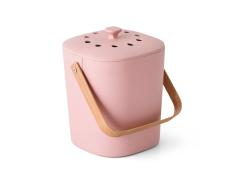How to Buy a Knife
A good knife is a worthwhile investment. If you buy a quality one and take care of it, you will have it for a lifetime. A good knife will pay for itself over time. Cooking will be much more enjoyable, so you'll spend less money on restaurants and takeout. A good knife is also safer, so you'll spend less on bandages.
Before you buy knives, learn their anatomy. Knives are made up of four parts: the blade, the handle, the bolster, and the tang.
The blade can be made of stainless steel, carbon steel, high-carbon steel or ceramic. Metal blades can either be stamped (pressed out of metal) or forged (molded under high heat). Forged knives are heftier and tend to last longer, though stamped blades are useful for lighter work like filleting.
- Stainless steel knives are inexpensive, but cannot be sharpened once they lose their edge.
- Carbon steel knives hold their edges remarkably well, require careful cleaning and drying, and will eventually discolor, turning black over time. There's nothing bad about the discoloration; it's a matter of preference.
- High-carbon steel gives you the sharpen-ability of carbon steel without the discoloration. Most professional knives are made of this material.
- Ceramic knives stay sharp the longest but can break easily.
The handle can be made of wood, plastic, rubber or metal. Though wood can be beautiful, the other materials are more durable. The handle can either be riveted to the blade or molded around it. Riveted ones are believed to be the strongest, but the most important thing about a handle is that it feels good in your hand and you feel comfortable holding it.
The bolster is the thick ridge between the blade and the handle. It's standard on forged knives and rare on stamped knives. It's usually ground down towards the bottom to make sharpening easier.
The tang is the part of the blade that extends into the handle. "Full-tang" knives are made out of one piece of metal that extends all the way back to the handle. This is the heftiest and priciest option, but the tang shouldn't be a deciding factor unless you plan on regularly using the knife for heavy-duty chopping (say, bones).






























































